LaTeX templates and examples — Reports
Write up experiments and research with LaTeX templates for project and lab reports—including layout guidelines to help guide you through the writing process.
Recent
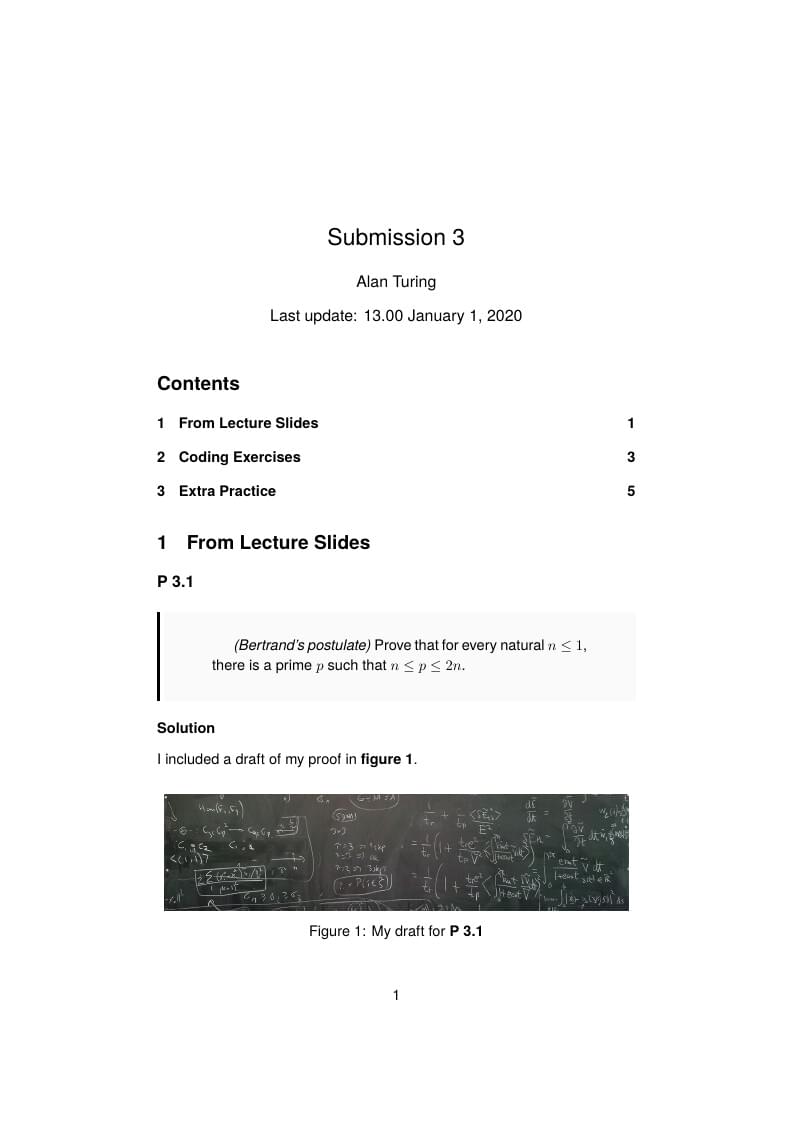
A template for student reports at COTAI. Center of Talent in AI (COTAI) was founded in Sept. 2019 to promote talent training for AI research and development. Reach us at www.cot.ai and contact@cot.ai
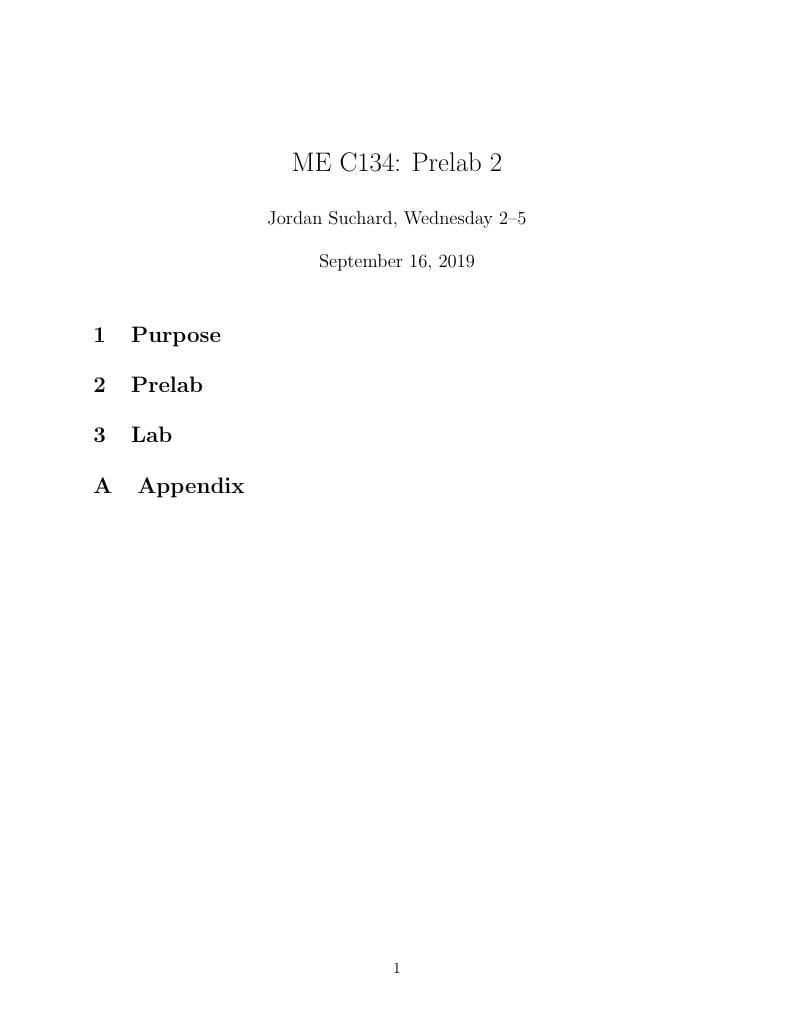
Template for lab reports for EE C128 at UC Berkeley, Fall 2019
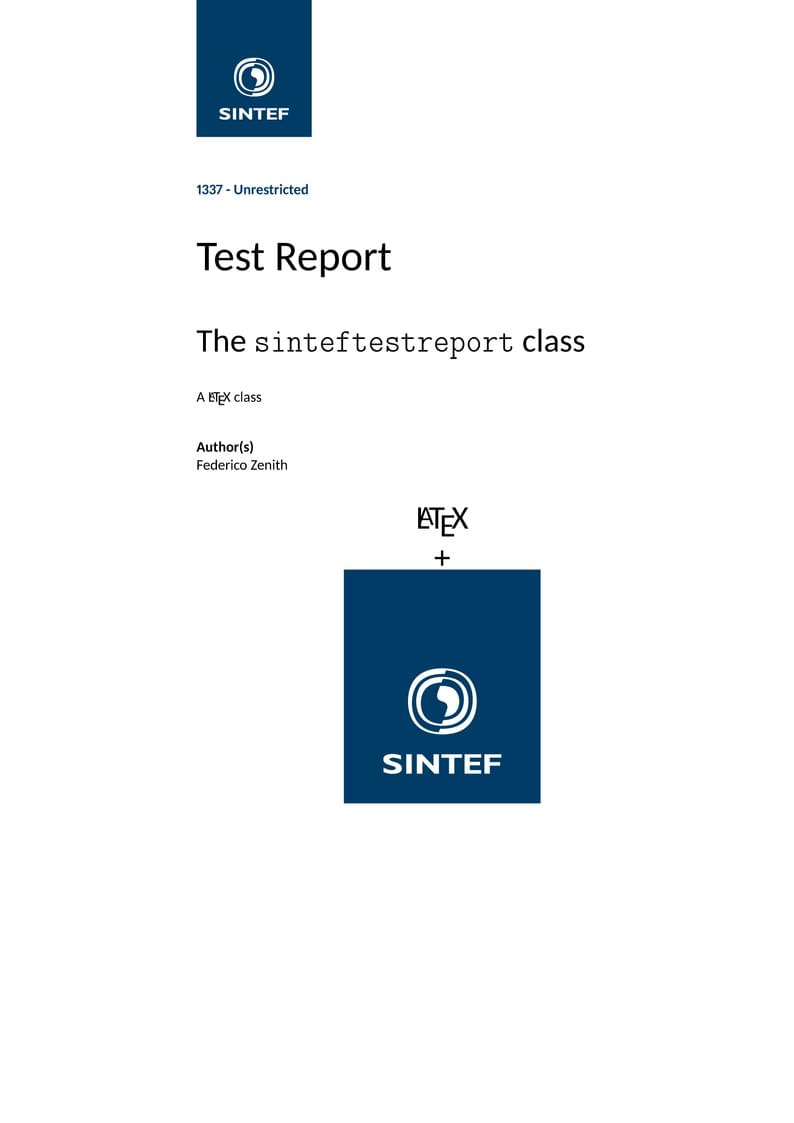
Test report class for the reserarch institution SINTEF
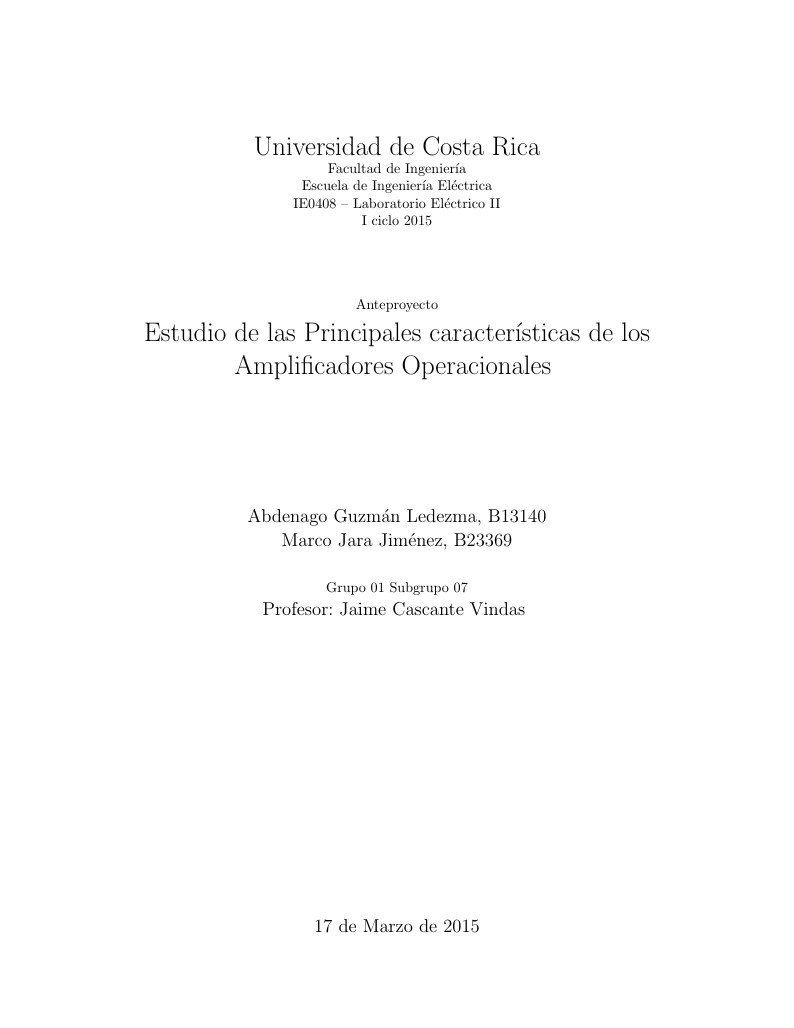
Reporte 1
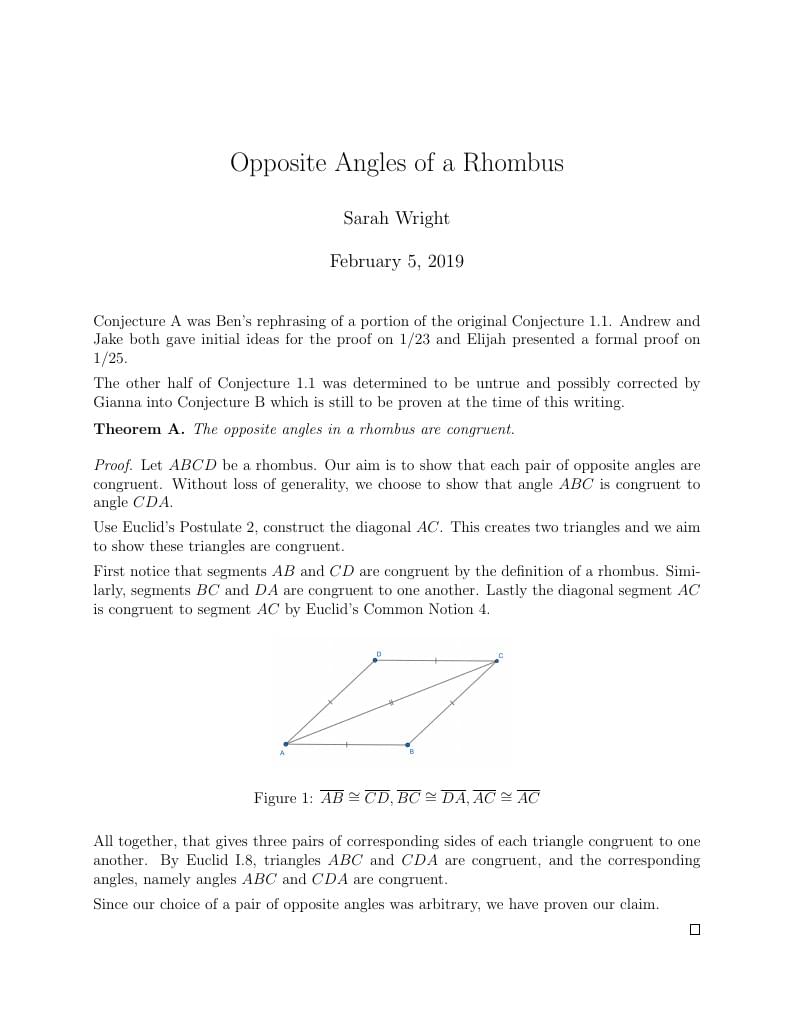
This is a formal write-up of the first theorem we proved in class. You can use this as a template for your own write-ups. The notes in the comments of the code should provide a brief introduction to using LaTeX.
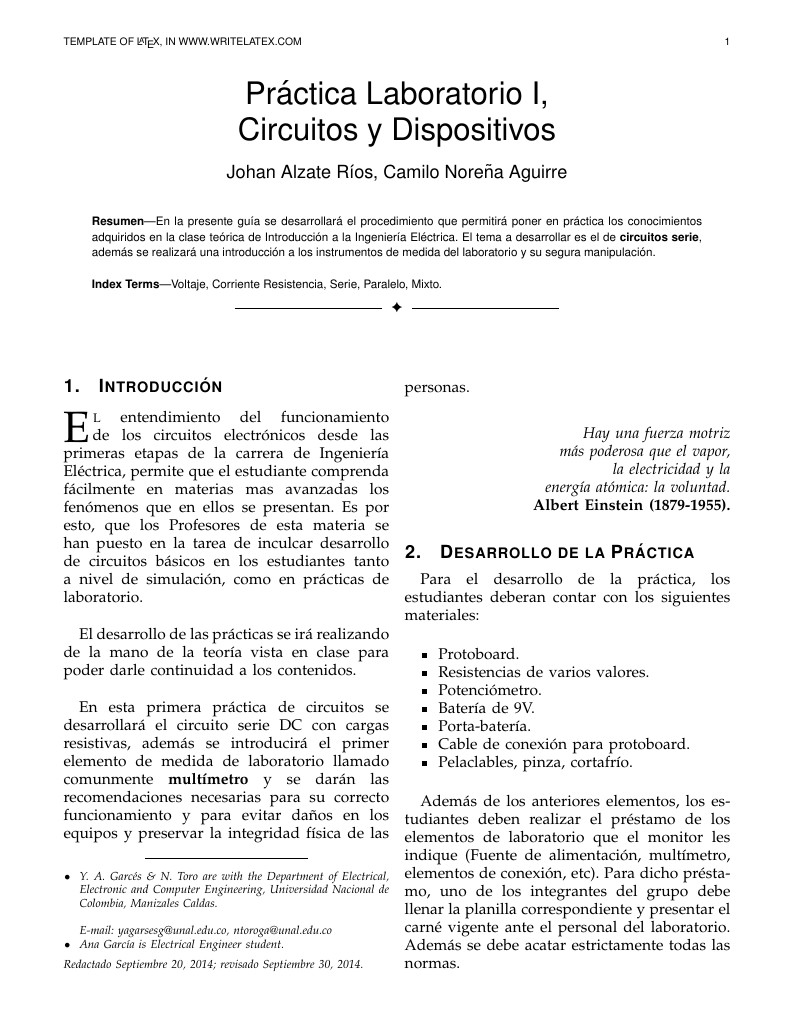
En la presente guía se desarrollará el procedimiento que permitirá poner en práctica los conocimientos adquiridos en la clase teórica de Introducción a la Ingeniería Eléctrica. El tema a desarrollar es el de circuitos serie, además se realizará una introducción a los instrumentos de medida del laboratorio y su segura manipulación.
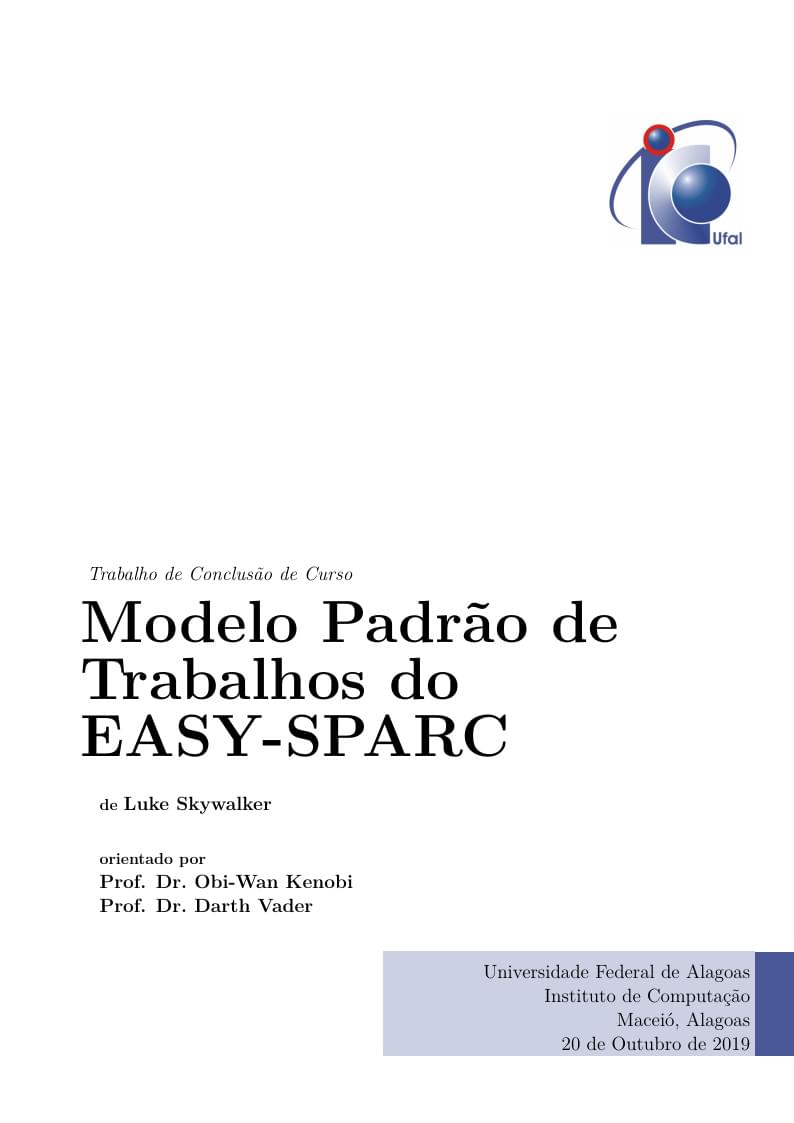
Modelo de trabalhos do grupo EASY-SPARC do Instituto de Computação da UFAL.
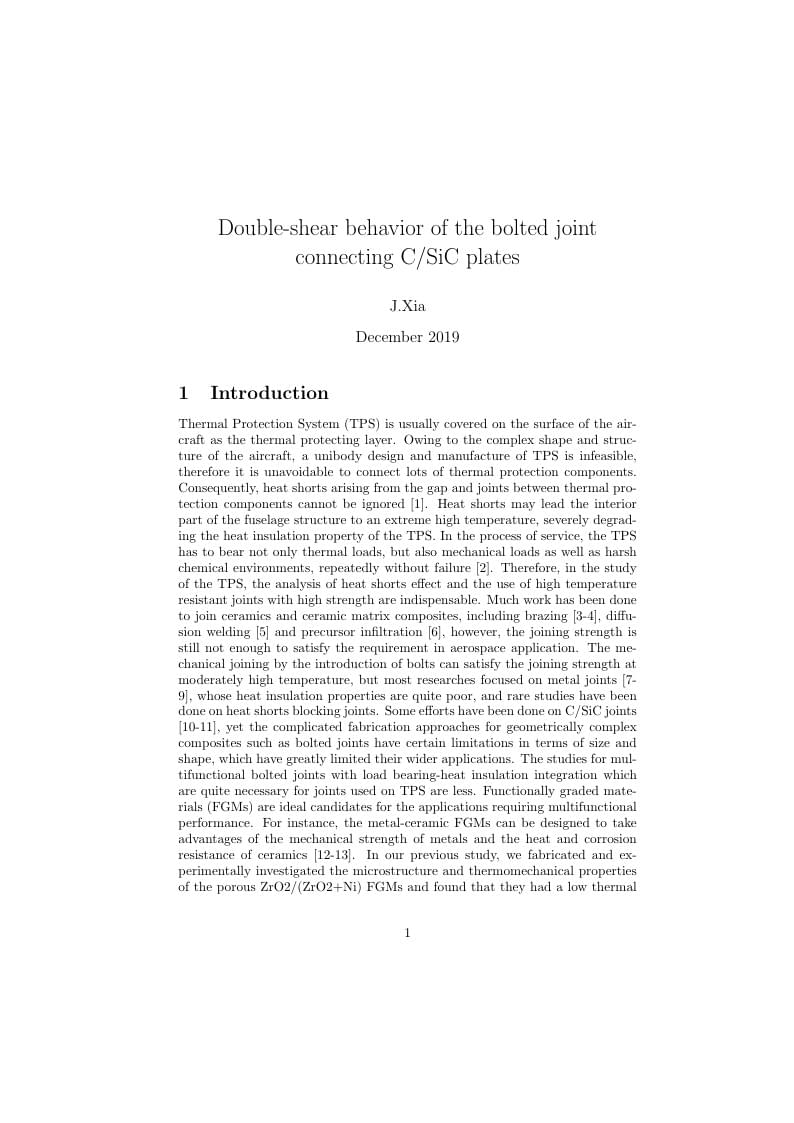
The joining of ceramics with metals is widely used in aerospace engineering where high strength and excellent heat insulation materials are desired. In this paper, a new multifunctional bolted joint with load bearing-heat insulation integration is prepared with porous ZrO2/(ZrO2+Ni) sandwich ceramics. Double-shear behavior of the bolted joint connecting C/SiC plates is analyzed by ABAQUS codes. It is found that shearing damage occurs at shearing faces of the bolt, the shearing failure faces are layered rather than smooth. To improve its shearing strength, we introduce the shear band (ZrO2+V%Ni of thickness h) to its shearing faces. Results show that the shear band can improve the shearing strength and slow down the attenuation of load bearing capacity after reaching the shearing strength, without obviously increasing the thermal conductivity. An optimal structural design is performed and proper shear band is defined to balance the shearing strength and heat insulation performance of the ceramic joint.
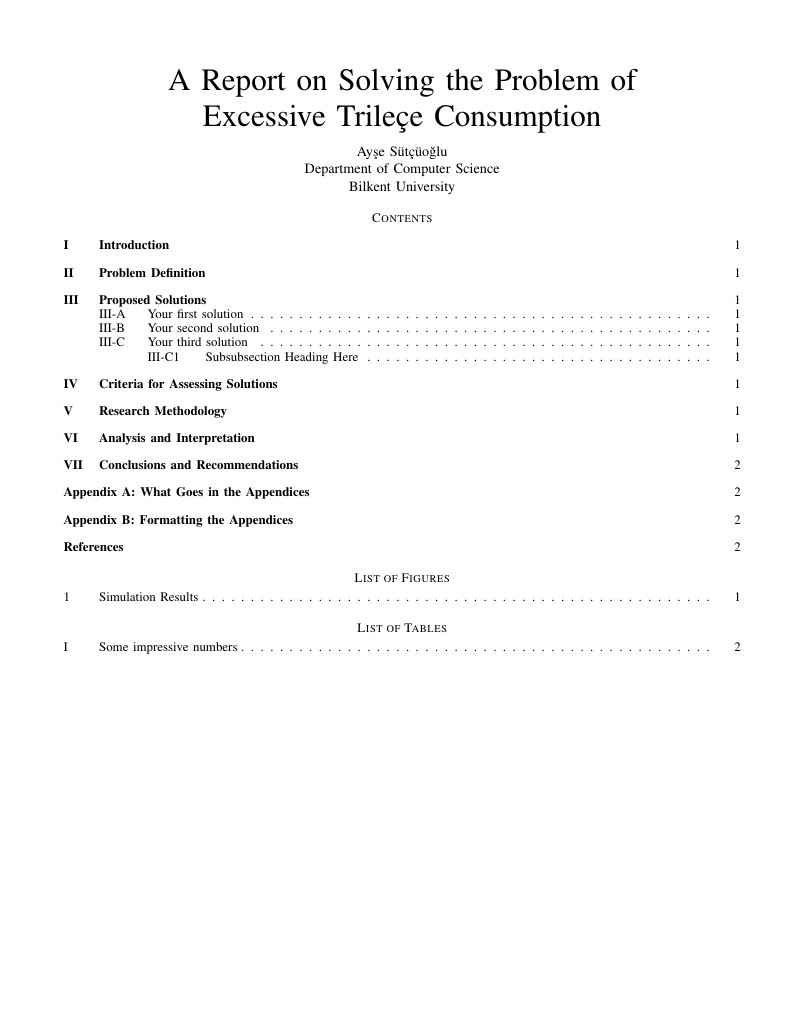
I prepared this template for my technical report writing class at Bilkent University. It is based on the IEEE peer review class.
\begin
Discover why over 20 million people worldwide trust Overleaf with their work.